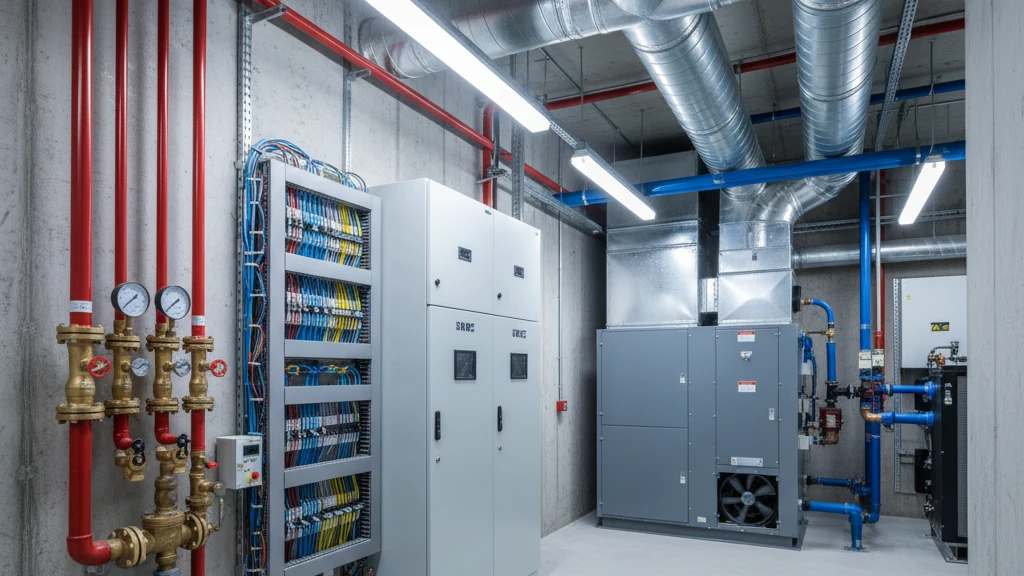Ever wondered why some buildings work seamlessly while others constantly face utility or comfort issues?
MEP (mechanical, electrical, plumbing) services are the aspects of building utilities such as power, water works and fire protection for your building including heating, ventilation and air conditioning (HVAC). It also provides a functional and comfortable space in the buildings.
Understanding between MEP and HVAC will enable:
MEP Covers More Than HVAC Because It Includes Electrical, Plumbing, and Fire Safety


MEP vs HVAC: Installation Complexity
Maintenance Difference: MEP vs HVAC
Equipment in MEP vs HVAC Systems
Coverage: MEP vs HVAC
Purpose of MEP vs HVAC Systems
Energy Efficiency: MEP vs HVAC
Space Utilization: MEP Requires Less Dedicated Space Than HVAC
Difference between HVAC system and MEP services
| Feature | Broad Systems | Climate Control Focus |
|---|---|---|
| Scope | All building systems | Heating, ventilation, air conditioning |
| Installation | Modular, simpler | Ducts, vents, and air handling units required |
| Maintenance | Low, fewer moving parts | Frequent, moving components require checks |
| Equipment | Pipes, valves, pumps | Compressors, fans, ducts, coils |
| Coverage | Comprehensive | Temperature and airflow only |
| Design Focus | Integrated design | Comfort-focused design |
| Energy Impact | Reduces overall resource use | Primarily affects electricity for climate control |
| Space Requirement | Minimal dedicated space | Requires dedicated mechanical zones |
Planning: Integrated Systems Ensure Smooth Performance
Final Thoughts
For optimal functioning of your building systems, go with professional MEP services in India that complement HVAC. This not only demonstrates the distinction between MEP and HVAC, but also provides energy efficiency, reliability and comfort.
At Designheed, we are dedicated to breaking new ground in smart engineering, where form seamlessly follows function to create intelligent buildings and spaces that are fit for the future.
“Get professional MEP services to optimize your building systems and integrate HVAC efficiently.”

